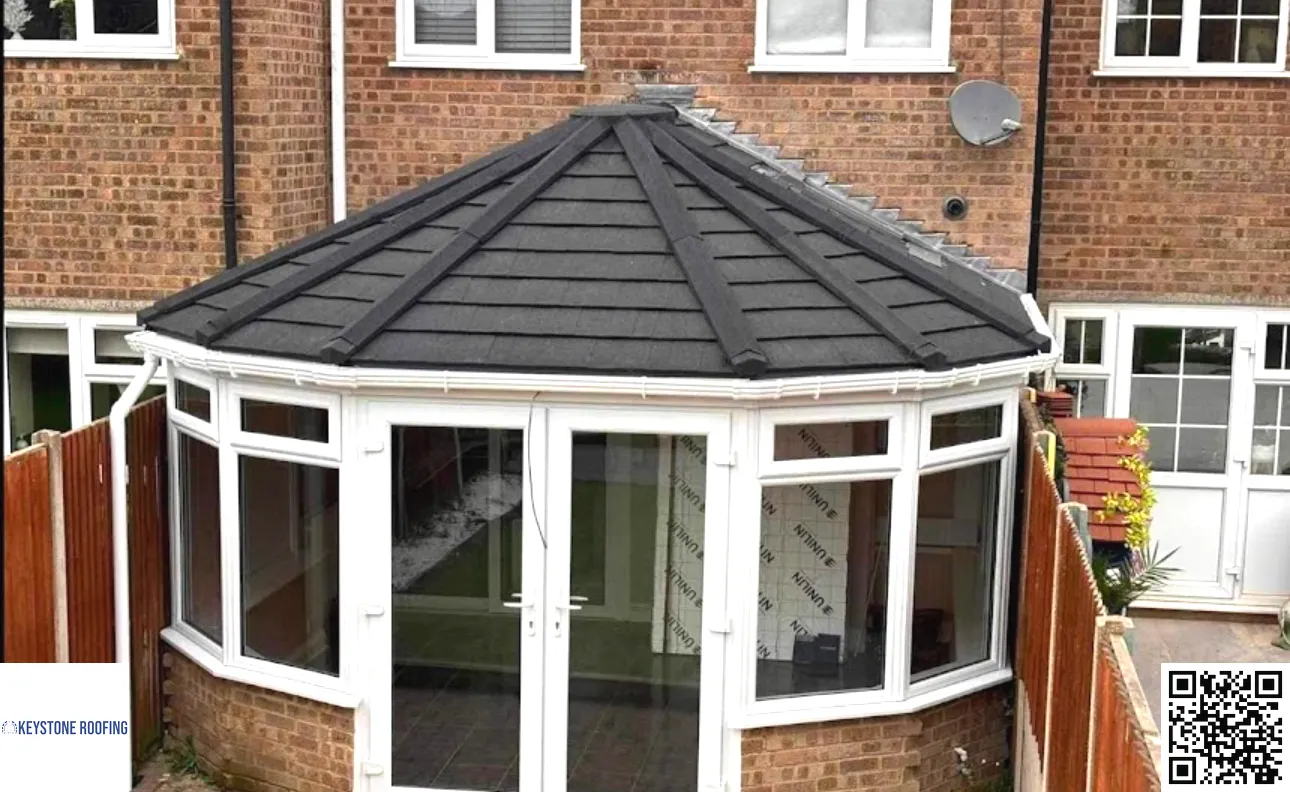Introduction
When it comes to home maintenance, roofing is often the unsung hero. It's not just a protective shield; it's a vital component of your home's structure and aesthetic appeal. But what happens when your roof needs repairs? You can't just leave it exposed to the elements! That's where temporary roofing materials come into play. In this article, we’ll dive deep into various temporary roofing options, exploring their benefits, drawbacks, and applications. So grab a cup of coffee and let’s get started on this informative journey!
An In-Depth Look at Common Types of Temporary Roofing Materials
Temporary roofing materials are essential for homeowners who find themselves in need of quick fixes due to leaks, storm damage, or ongoing roof repairs in Cork. Often overlooked until disaster strikes, these materials can save you from costly repairs down the line. From tarps to specialized membranes, each type has its own unique set of Keystone Roofing and Constuction roof repairs cork pros and cons.
Why Use Temporary Roofing Materials?
Before diving into specific types, you might be wondering: why bother with temporary roofing? Well, there are several compelling reasons:
Protection from Elements: A temporary roof can protect your home from rain, snow, and wind. Cost-Efficiency: It often costs less than immediate full-scale repairs. Time-Saving: Quick installation means you can safeguard your property without delay. Flexibility: You can choose a solution that best fits your current situation.By using temporary solutions, you maintain the integrity of your home while planning for more permanent fixes.
Types of Temporary Roofing Materials
1. Tarps
Tarpaulins are one of the most common temporary roofing solutions available. They’re versatile and easy to work with.
- Benefits: Affordable Lightweight Easy to install Drawbacks: Not long-lasting Can tear easily in extreme weather
2. Roof Underlayment
This material serves as an additional layer beneath shingles but can also act as a temporary roof itself.
- Benefits: Provides excellent water resistance Adds insulation Drawbacks: Requires professional installation Limited lifespan if used solely as a temporary fix
3. Plywood Sheets
Using plywood is another popular method for creating a makeshift roof.
- Benefits: Sturdy support Easily available at local hardware stores Drawbacks: Heavier than other options May require waterproofing treatments
4. Plastic Sheeting
Polyethylene sheets are lightweight and offer decent protection against rain.
- Benefits: Very inexpensive Easy to transport and handle Drawbacks: Can be blown away by strong winds UV degradation over time
5. Roof Coatings
Some coatings can provide short-term protection while waiting for more extensive repairs.
- Benefits: Helps seal minor leaks Reflective properties may reduce heat gain Drawbacks: Requires proper application Not a long-term solution for significant issues
How to Choose the Right Temporary Roofing Material?
Choosing the right material depends on several factors including budget, urgency, and the climatic conditions in Cork City.
Assess the Damage: Understand how severe the damage is before deciding. Consider Your Budget: Some materials are more affordable than others. Think Temporarily: Remember that these solutions aren’t meant for long-term use. Consult with Professionals: If you're unsure, reach out to local roofing contractors in Cork for advice.Installation Tips for Temporary Roofing
1. Gather Necessary Tools
You’ll need basic tools such as nails or screws, hammers or drills, and safety equipment like gloves and goggles.
2. Measure Carefully
Before cutting any material down to size, ensure you take precise measurements to avoid wastage.
3. Secure Properly
Whether using tarps or plywood sheets, make sure everything is secured tightly to prevent movement during windy conditions.
4. Consider Weight Distribution
If using heavier materials like plywood sheets, distribute weight evenly across the structure.
FAQs About Temporary Roofing Materials
Q1: How long can I use temporary roofing?
A: Generally speaking, temporary roofs should only be used for a few weeks until permanent repairs can be made.
Q2: Are there any DIY options?
A: Absolutely! Many homeowners opt for DIY solutions like tarps or plastic sheeting while waiting for professional help.
Q3: Can I install temporary roofing myself?
A: Yes! However, safety should always come first—ensure you have all necessary equipment before starting any job!
Q4: What if my temporary roof doesn’t hold up?
A: If it fails before permanent repairs are completed, contact local roofers in Cork City immediately!
Q5: Do I still need to hire professionals after using temporary materials?
A: Yes! While they provide short-term relief from leaks or damage, professional services are crucial for lasting fixes.
Q6: Where can I find reliable roofing services in Cork?
A: There are many reputable roofing companies in Cork that specialize in both repairs and emergency services.
Conclusion
As you've discovered through this article on “An In-Depth Look at Common Types of Temporary Roofing Materials,” having knowledge about these materials can significantly assist homeowners facing unexpected roof troubles. Whether you're dealing with leaks or storm damage in cork city—or simply preparing ahead—temporary roofs can provide much-needed protection until more permanent solutions arrive.

Don't forget that no matter how durable your chosen material may seem; it’s crucial not to treat these fixes as long-term solutions! Always consult with experienced roofers cork city offers when moving forward with repair plans to ensure your home remains safe and sound under whatever skies may come your way!